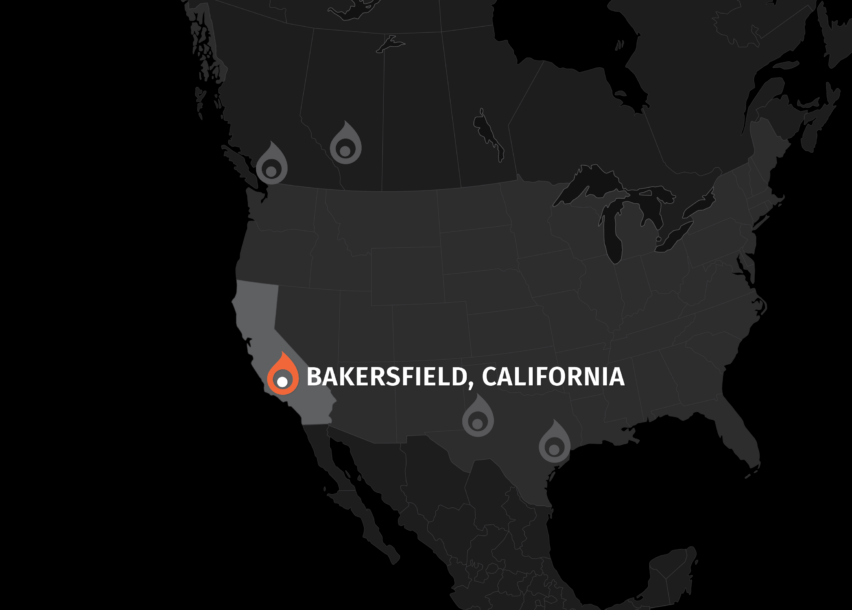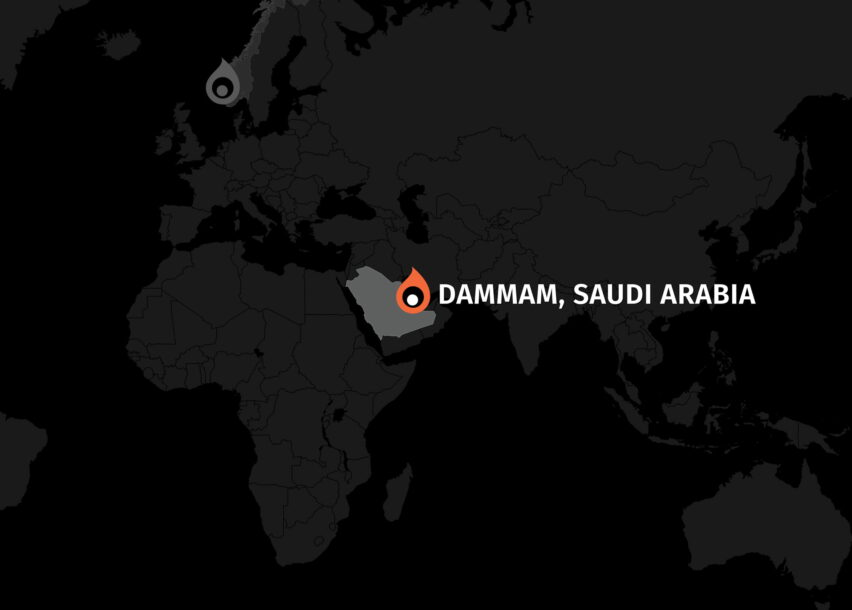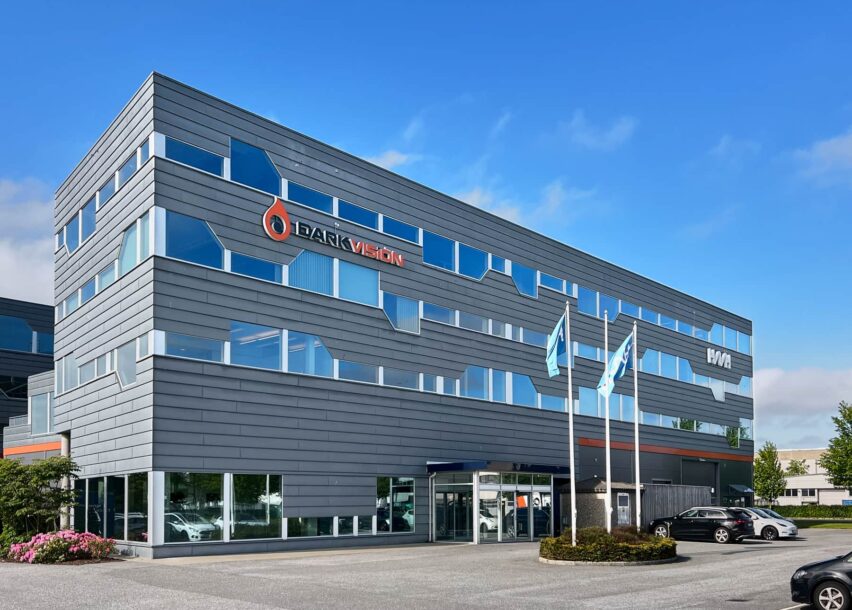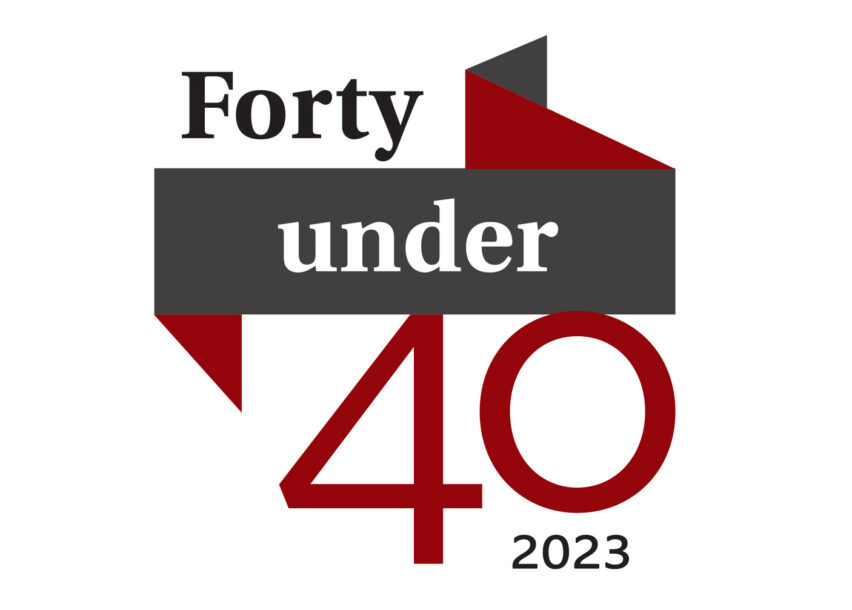
Now Released!
DarkVision presented two new white papers at the SPE Hydraulic Fracturing Technology Conference (HFTC) in February.

SPE-217768
On Track for Re-frac: Targeting Under-Stimulated Stages and Assessing Casing Integrity Defects with High-Resolution Acoustics Imaging
T. Pehlke, G. Simpson, T. Maxwell, C. Bourgeois, J. Stibbs, T. Littleford, DarkVision Technologies Inc
Read DarkVision’s full white paper at: https://doi.org/10.2118/217768-MS
Abstract
Over the past decade, advancements in fracturing technology and industry knowledge have revealed the feasibility and value of refracturing wells that were originally stimulated using legacy methods. Refracturing wells plays an integral role in the overarching pad-level production strategy, averting the depletion of parent wells following the fracturing of child wells. High-resolution acoustic imaging technology is a prevalent tool for assessing all facets of refracture operation. In a single run, this technology captures intricate corrosion and wall loss details, mitigating risks associated with subsequent refracture injection pressures and rates. While a new casing can be presumed to adhere to an API specification thickness within 12.5% of the nominal thickness, legacy wells, with potential age spans of up to two decades, lack such assurances. These assets are often exposed to corrosive environments containing H2S, mechanical wear, and previous exposure to high-rate slurry. The diagnostic imaging technology guides critical decisions using submillimetric datasets. It helps determine the necessity of running a protective tie-back string, establishes the safe depth for the liner hanger, identifies potential fracture-driven interaction (FDI) between neighboring wellbores through casing and liner deformation analysis, and conducts perforation erosion analysis for the initial stimulation proppant placement. This equips operators with insights to tailor the refracture program efficiently. It targets undrained reservoirs, mitigates corrosion or deformation concerns from the original casing, and minimizes the risk of total loss of parent wells due to FDI.
This study discusses the application of high-resolution acoustic imaging for assessing pre-refracture well integrity, optimizing refracture designs, and boosting production rates. Assets underwent inspected for corrosion, ovality, mechanical wear, and connection defects. Using the submillimetric defect dimensions for wall loss events, Effective Area, RSTRENG, Modified B31G, and Barlow burst pressure calculations are conducted to determine the safe pressure envelope of the existing casing. This enables a definitive decision on whether to run a costly tie-back string to protect a damaged or corroded casing from failure during subsequent stimulation. From a refracture design perspective, the novel imaging technology enables operators to target under-depleted zones for restimulation. Outlying stages with low or nonuniform perforation growth are identified by capturing submillimetric measurements of the initially stimulated perforations. Once identified, these understimulated stages can be selectively targeted in the refracture design by adjusting proppant poundage, selecting appropriate diverters, defining mesh sizing, optimizing slurry rates, or altering exit-hole area and phase, by adding perforations in the same or new orientation phase.
Finally, this paper presents two field-based case studies demonstrating the real-world deployment of this technology. It offers operators with a single-pass evaluation of well integrity and facilitates the optimization of production rates.

SPE-217819
High-Resolution Acoustic Imaging Deployed for Mapping Permanent Fiber Optic Lines
T. Pehlke, G. Simpson, DarkVision Technologies Inc; A. Roberts, BPX Energy Inc; T. Maxwell, J. Chu, DarkVision Technologies Inc
Read DarkVision’s full white paper at: https://doi.org/10.2118/217819-MS
Abstract
High-resolution acoustic imaging technology has been developed and deployed to map the downhole location and orientation of fiber optic lines in unconventional oil and gas and carbon capture wells. Fiber optic installations are long term monitoring solutions providing continuous measurement of temperature, sound, or strain. These fiber lines provide significant insight into the operation and optimization of downhole assets but require a large capital investment, typically upwards of a million dollars. By accurately mapping fiber optic lines, operators can prevent damaging or perforating through these costly systems during completion and production operations.
High-resolution acoustic imaging technology allows operators to directly locate and map in-situ fiber optic systems at logging speeds up to ten times faster, with high accuracy, and more efficiently than legacy technologies by overcoming the requirement to install additional costly detection components. The unique sensor probe employs a circumferential array design, comprised of up to 512 individual elements which are electronically controlled from advanced imaging software. The integration of machine vision algorithms has led to a 100% success rate at detecting, orientating, and mapping of fiber optic lines to prevent damaging these costly and critical monitoring installations.
Through a series of validation tests and field applications, this paper details how the solid-state imaging probe was used to identify the submillimetric indentations made at each fiber clamps installation. These contact points indicate the depth and phase orientation of each clamp in a well, enabling the generation of a high-resolution fiber optics system map. While legacy ultrasonic tools rely on a direct reflection principle, this novel, intra-steel imaging technology measures diffuse acoustic reflections at any point on, or inside of, the casing steel. Diffuse reflections are highly sensitive to indentations and markings on the casing surfaces; this removes the legacy-technology requirements for excessively slow logging speeds and the installation of costly steel detection bars.
Following successful validation testing, this technology was field deployed and successfully located, oriented, and mapped all the fiber optic clamps ahead of perforating the casing of a carbon capture well. The platform imaged and mapped over 2,060 clamp contact points with a sub-radian azimuthal or phase resolution. In addition to this, high-resolution acoustics have shown fiber optic systems wrap around the casing circumference multiple times, highlighting the inability for fiber optic systems to be accurately installed and oriented. Using this dataset, the operator effectively executed subsequent perforation activities without damaging the fiber optic lines used to monitor the well and reservoir.







